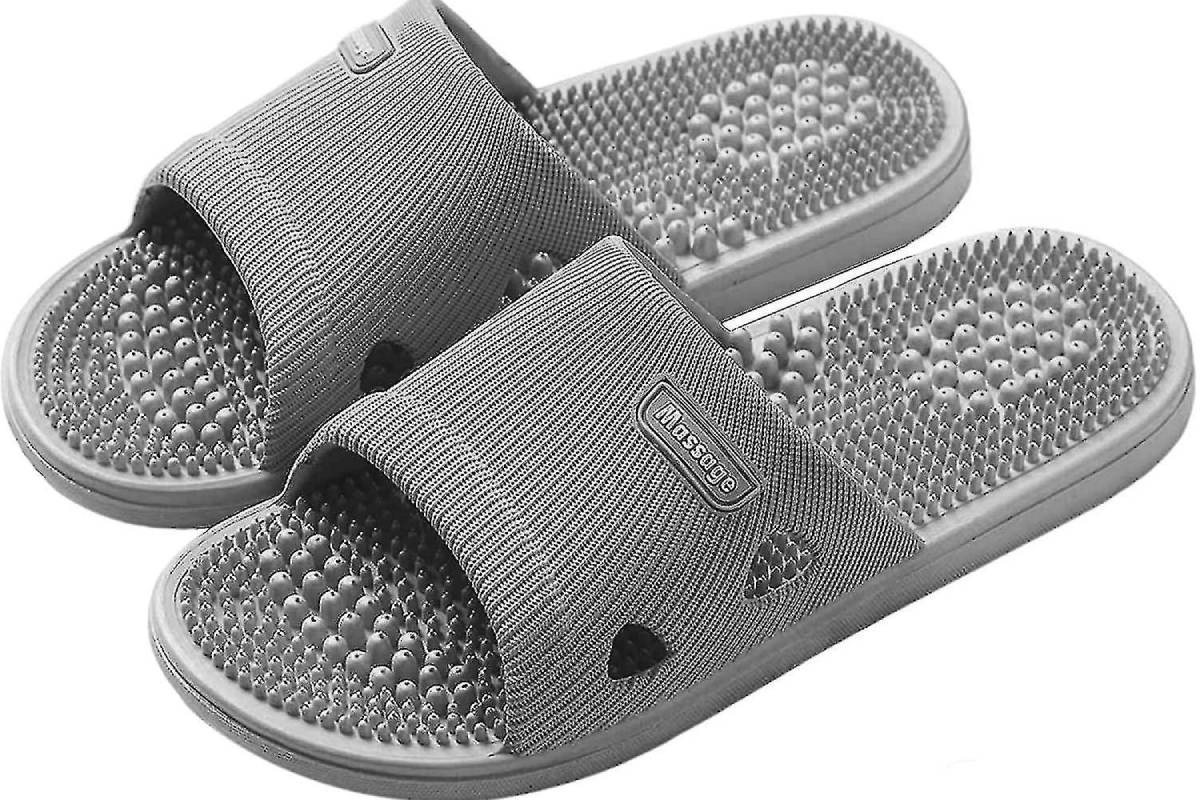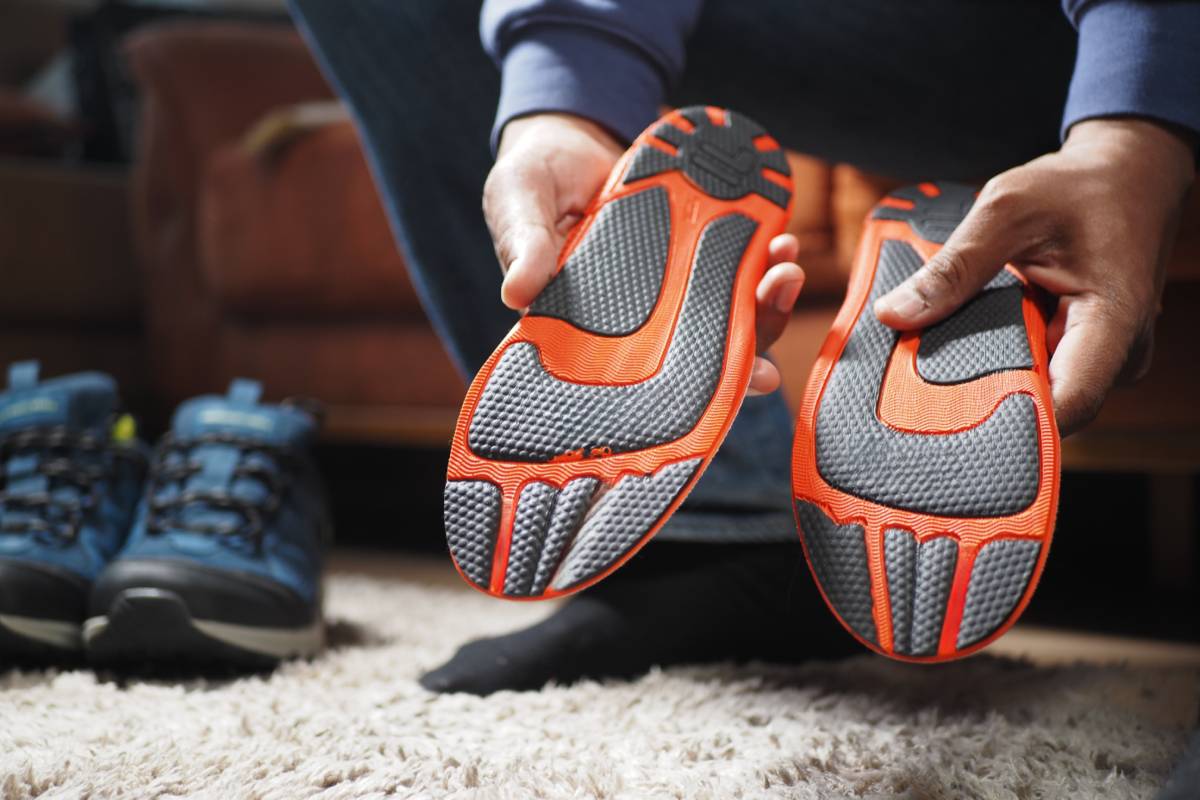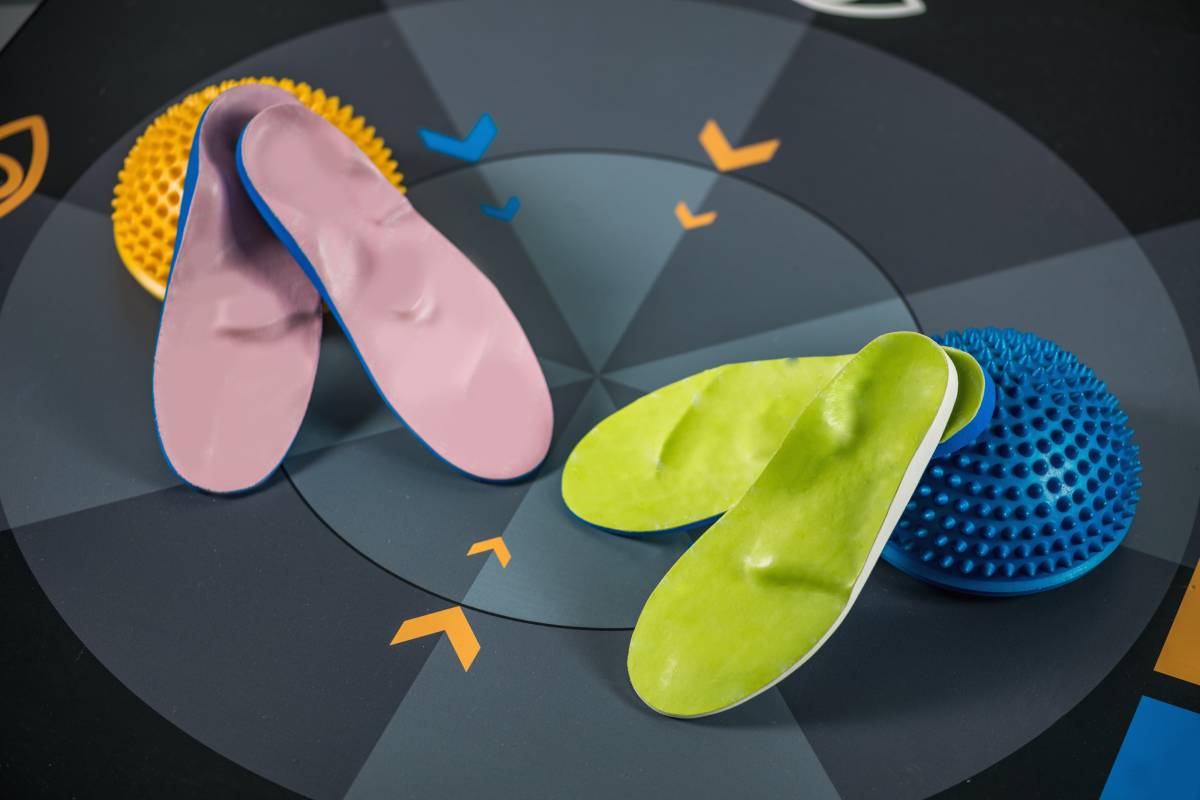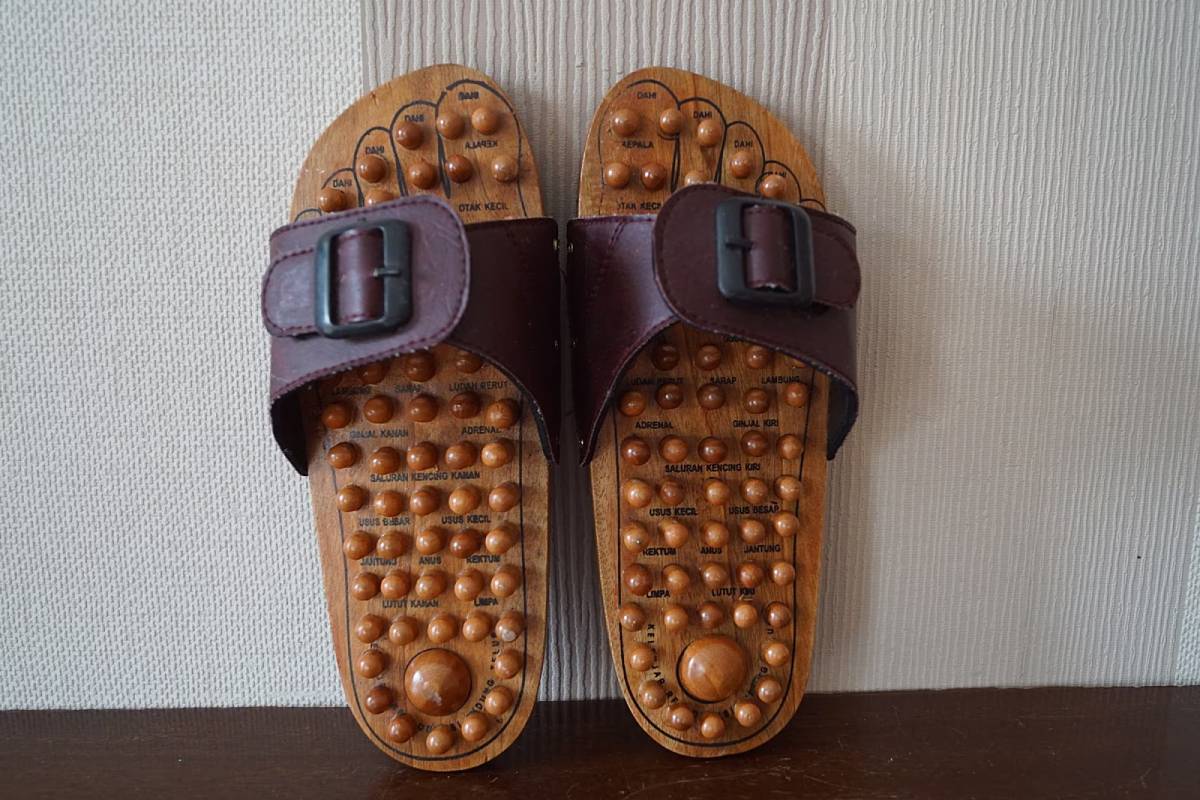
What are acupressure slippers? Do acupressure slippers really work? What are the pros and cons of acupressure slippers?
What are acupressure slippers? Do acupressure slippers really work? What are the pros and cons of acupressure slippers? Click for more
In recent years, acupressure slippers have gained popularity as a convenient and potentially beneficial tool for promoting relaxation and relieving various ailments.
These slippers are designed with small, raised nodules strategically placed along the insole, which apply pressure to specific points on the feet corresponding to various organs and systems in the body. While many users report positive experiences with acupressure slippers, it’s essential to consider both their potential benefits and limitations, as well as who may benefit most from their use.
Related article:
- What are the top 10 Chinese dishes? What is the tastiest Chinese dish? What are the 5 basic tastes in Chinese food?
- 14 Superstitious Beliefs You Might Never Heard Of
What are acupressure slippers?
Acupressure slippers are footwear designed with small, raised nodules or bumps strategically placed along the insole. These nodules apply pressure to specific points on the feet, which correspond to various organs and systems in the body according to the principles of traditional Chinese medicine (TCM) and reflexology.
The idea behind acupressure slippers is similar to that of acupuncture, but instead of using needles to stimulate acupoints, pressure is applied through the feet. Proponents claim that wearing these slippers can promote relaxation, relieve stress, improve circulation, and alleviate pain in different parts of the body.
However, it’s essential to note that scientific evidence supporting the effectiveness of acupressure slippers for various health benefits is limited. While many people find them comfortable and may experience some subjective benefits, their efficacy for specific health conditions hasn’t been thoroughly validated through rigorous scientific studies. As with any alternative therapy, it’s a good idea to consult with a healthcare professional before using acupressure slippers, especially if you have underlying health issues.

Do acupressure slippers really work?
The effectiveness of acupressure slippers is a subject of debate. While some people report feeling benefits such as relaxation, pain relief, and improved well-being when using them, scientific evidence supporting their efficacy for specific health benefits is limited.
Research on the effects of acupressure, in general, is mixed, with some studies suggesting potential benefits for certain conditions like anxiety, nausea, and pain management, while others show no significant effects beyond a placebo effect.
When it comes to acupressure slippers specifically, there haven’t been many rigorous scientific studies conducted to evaluate their effectiveness for various health claims. Additionally, individual experiences with acupressure slippers can vary widely, and any perceived benefits may be influenced by factors such as placebo effects, personal beliefs, and overall comfort.
Ultimately, while some people may find acupressure slippers helpful for relaxation or minor pain relief, their effectiveness for specific health conditions remains uncertain and may vary from person to person. It’s always a good idea to approach alternative therapies like acupressure with a critical mindset and consult with a healthcare professional for personalized advice and guidance.

What are the pros and cons of acupressure slippers?
Pros:
- Relaxation: Many users find that wearing acupressure slippers promotes relaxation and reduces stress. The gentle pressure applied to the feet can create a soothing sensation.
- Pain Relief: Some individuals report experiencing relief from foot pain, as well as pain in other parts of the body, when using acupressure slippers. This can be particularly beneficial for those with conditions such as plantar fasciitis or general muscle tension.
- Improved Circulation: The stimulation of acupressure points on the feet may help enhance blood flow and circulation, which can have various health benefits, including reduced swelling and improved overall well-being.
- Convenience: Acupressure slippers can be worn at home or while doing daily activities, making them a convenient option for incorporating acupressure therapy into one’s routine.
Cons:
- Limited Scientific Evidence: While many users report positive experiences with acupressure slippers, scientific evidence supporting their efficacy for specific health benefits is lacking. More research is needed to validate their effectiveness for various conditions.
- Discomfort: Some individuals may find the raised nodules on acupressure slippers uncomfortable, especially if they have sensitive feet. It may take time to get used to the sensation, and some people may never find them comfortable to wear.
- Risk of Injury: Using acupressure slippers incorrectly or for prolonged periods could potentially cause foot discomfort or injury, particularly if the pressure is too intense or if the slippers do not fit properly.
- Not Suitable for Everyone: People with certain foot conditions, such as open wounds, infections, or nerve damage, should avoid using acupressure slippers, as they could exacerbate these issues.
 Who should not use acupressure slippers?
Who should not use acupressure slippers?
While acupressure slippers can be beneficial for many people, there are certain some people who should avoid using them or use them with caution. Here are some groups who may need to avoid acupressure slippers:
- People with Foot Injuries or Infections: Individuals with open wounds, cuts, infections, or other injuries on their feet should avoid using acupressure slippers. The pressure from the nodules could exacerbate these conditions and delay healing.
- Diabetic Individuals: Diabetic individuals often have reduced sensation in their feet due to nerve damage (neuropathy). They may not be able to feel the discomfort caused by acupressure slippers, which could lead to injury or worsen existing foot problems. Therefore, it’s generally recommended for diabetics to avoid using acupressure slippers without consulting a healthcare professional.
- Pregnant Women: While some pregnant women find acupressure helpful for relieving discomfort, there are specific acupressure points on the feet that are believed to stimulate contractions and induce labour. Therefore, pregnant women should use acupressure slippers with caution and consult with their healthcare provider before using them.
- People with Sensory Disorders: Individuals with sensory disorders or conditions that affect their ability to feel sensation in their feet, such as peripheral neuropathy, may not be able to properly gauge the pressure applied by acupressure slippers. This can increase the risk of injury or discomfort.
- Those with Circulatory Issues: People with circulatory disorders, such as peripheral artery disease (PAD), should use acupressure slippers cautiously, as the increased pressure on the feet may exacerbate circulation problems and lead to discomfort or injury.
- Individuals with Balance Issues: Some people may find that the raised nodules on acupressure slippers affect their balance, especially if they have pre-existing balance issues or conditions affecting proprioception (awareness of body position).
If you belong to any of these groups or have concerns about using acupressure slippers, it’s essential to consult with a healthcare professional before incorporating them into your routine. They can provide personalized advice based on your specific health needs and circumstances.
In conclusion
Acupressure slippers offer a promising avenue for promoting relaxation and relieving discomfort for many individuals. However, their effectiveness varies from person to person, and they may not be suitable for everyone. Individuals with foot injuries, infections, circulatory issues, sensory disorders, and pregnant women should use acupressure slippers cautiously or avoid them altogether. It’s crucial to prioritize safety and consult with a healthcare professional before incorporating acupressure slippers into one’s routine, ensuring that they are used appropriately and effectively.